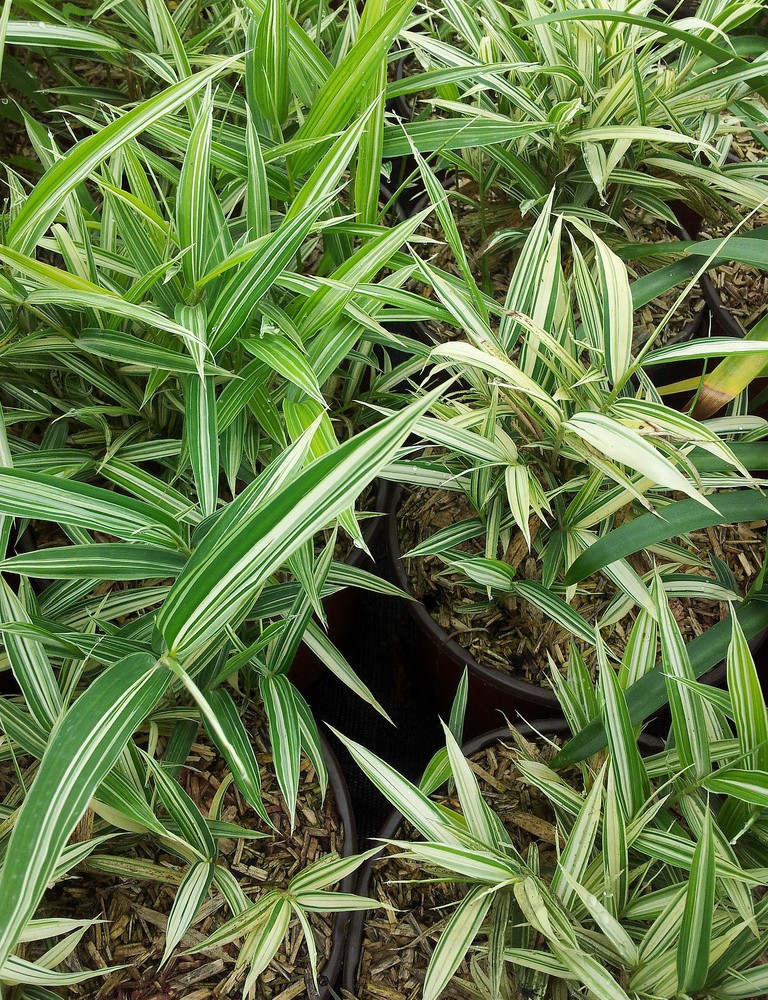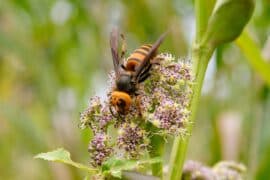Shimofuri ke nezasa
(Pleioblastus fortunei)

Description
Pleioblastus fortunei is a species of bamboo in the family Poaceae. It is native to central and southern Japan, and has been introduced to southeast China, the North and South Islands of New Zealand, Maryland, Virginia, and the District of Columbia in the United States, Columbia, and southeast Brazil. It is hardy to −10 °F (−23 °C); USDA Hardiness zone 6a. It is an invasive species, escaping from cultivation and difficult to control, even surviving mowing. As its synonym Pleioblastus variegatus, dwarf white-striped bamboo, a variegated morph, has gained the Royal Horticultural Society's Award of Garden Merit. Plectranthus, with some 85 species, is a genus of herbaceous perennial plants, rarely annuals or soft-wooded shrubs, sometimes succulent; sometimes with a tuberous base. Common names include spur-flower. Plectranthus species are found in Southern and Tropical Africa and Madagascar, and one in Sri Lanka. Several species are grown as ornamental plants. The cultivar Mona Lavender = 'Plepalila' has received the Royal Horticultural Society's Award of Garden Merit. They are used as food plants by the larvae of some Lepidoptera species including the engrailed (Ectropis crepuscularia). Recent phylogenetic analysis found Plectranthus to be paraphyletic with respect to Coleus, Solenostemon, Pycnostachys and Anisochilus. The most recent treatment of the genus resurrected the genus Coleus, and 212 names were changed from combinations in Plectranthus, Pycnostachys and Anisochilus. Equilabium was segregated from Plectranthus, after phylogenetic studies supported its recognition as a phylogenetically distinct genus.
Taxonomic tree:







